
Barnacre Equilibrium Tanks by Ian Simpson Architects
Manchester firm Ian Simpson Architects have won a competition to design houses inside redundant water tanks in Lancashire, UK.
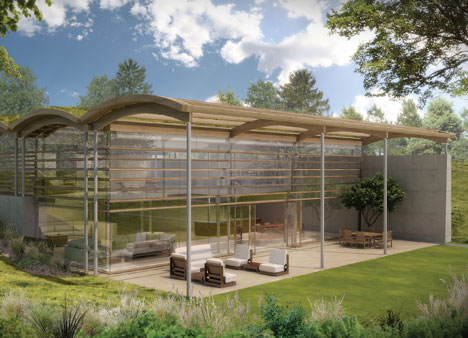
The proposals will transform the Barnacre Equilibrium Tanks into two houses with green roofs, roof lights and fully glazed front elevations.
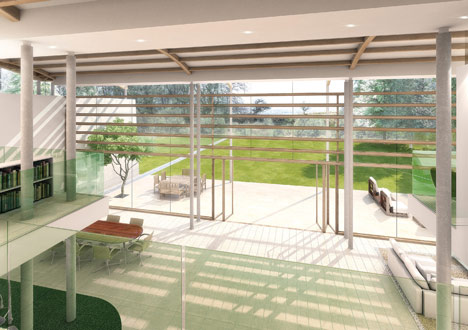
More projects in the UK on Dezeen »
Here are some more details from Ian Simpson Architects:
Barnacre Equilibrium Tanks - Press Release
6th June 2011
Exciting plans for the conversion of redundant utility buildings into an exemplar, low-carbon family home will be submitted later this week by Bishopsrock Properties.
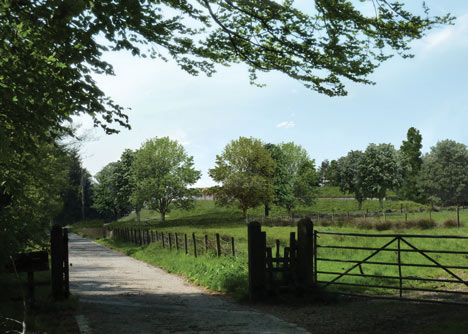
Above: proposed site
As winners of a design competition, Ian Simpson Architects developed proposals for the conversion of two disused, adjacent water reservoir tanks located on an elevated site in Barnacre-with-bonds, near Garstang in North Lancashire.
The project will see a large former water tank converted to provide a stunning, contemporary interpretation of the country home containing 6 bedrooms, whilst a smaller tank will be converted to form a 2-bedroom holiday cottage, aiming to stimulate tourism and the local economy.
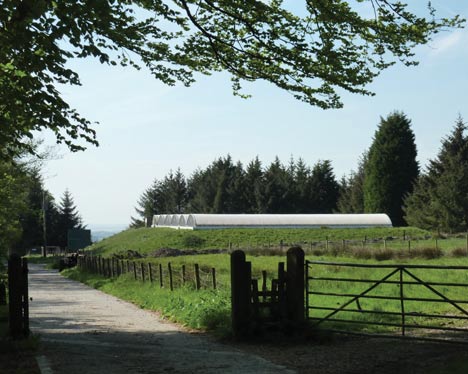
Above: existing site
The views out from the site are breathtaking with the sea and the AONB highlight of Nicky Nook both being clearly visible. Daylight will flood into the main building via a series of roof lights and new glazed areas which frame inspiring views towards the sea and surrounding pastures.
The proposals will include a sweeping green roof, supporting native grass and sedum species, as part of ambitions to increase biodiversity in the area and visually enhance the setting of the building within the surrounding landscape.
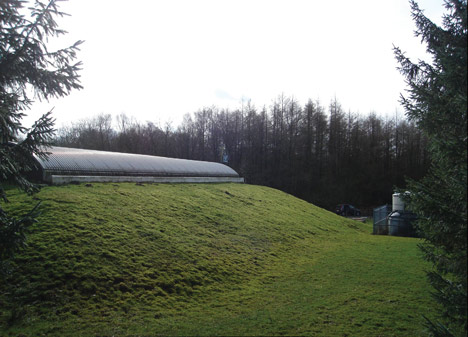
Above: existing site
The completed building’s environmental credentials will include exceptional levels of thermal insulation and the use of low-energy systems to reduce energy demand, whilst ground source heat pumps and photovoltaic panels form the basis for renewable energy provision.
The main tank was originally designed to hold 1 million gallons of water and was built of high-grade concrete. Borehole tests and laboratory testing concluded that the reservoir tank was in “as new” condition, even after 40 years of service.
One of the environmental impacts of concrete is that its main constituent ingredient, cement, could be considered as one of the most polluting building materials in the world. As such, it was clear that not bringing these structures back into some sort of beneficial use would have been a missed opportunity. By careful intervention, Ian Simpson Architects demonstrate that it is possible to retain large parts of the concrete structure therefore significantly reducing the constructional impact of the scheme.
This development will be an exemplar of low-carbon family home design, offering credentials that stand up as sustainable at every level of scrutiny.